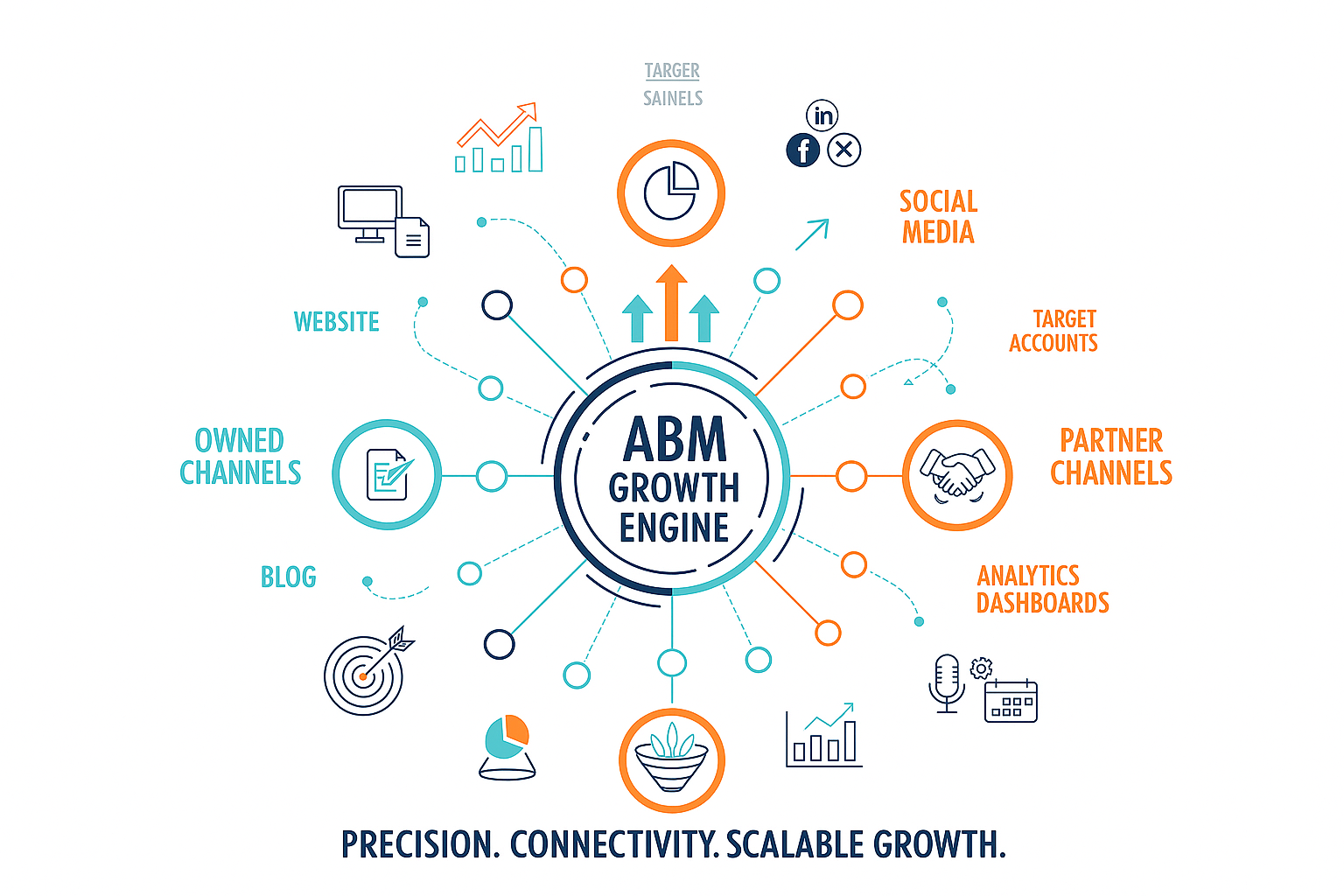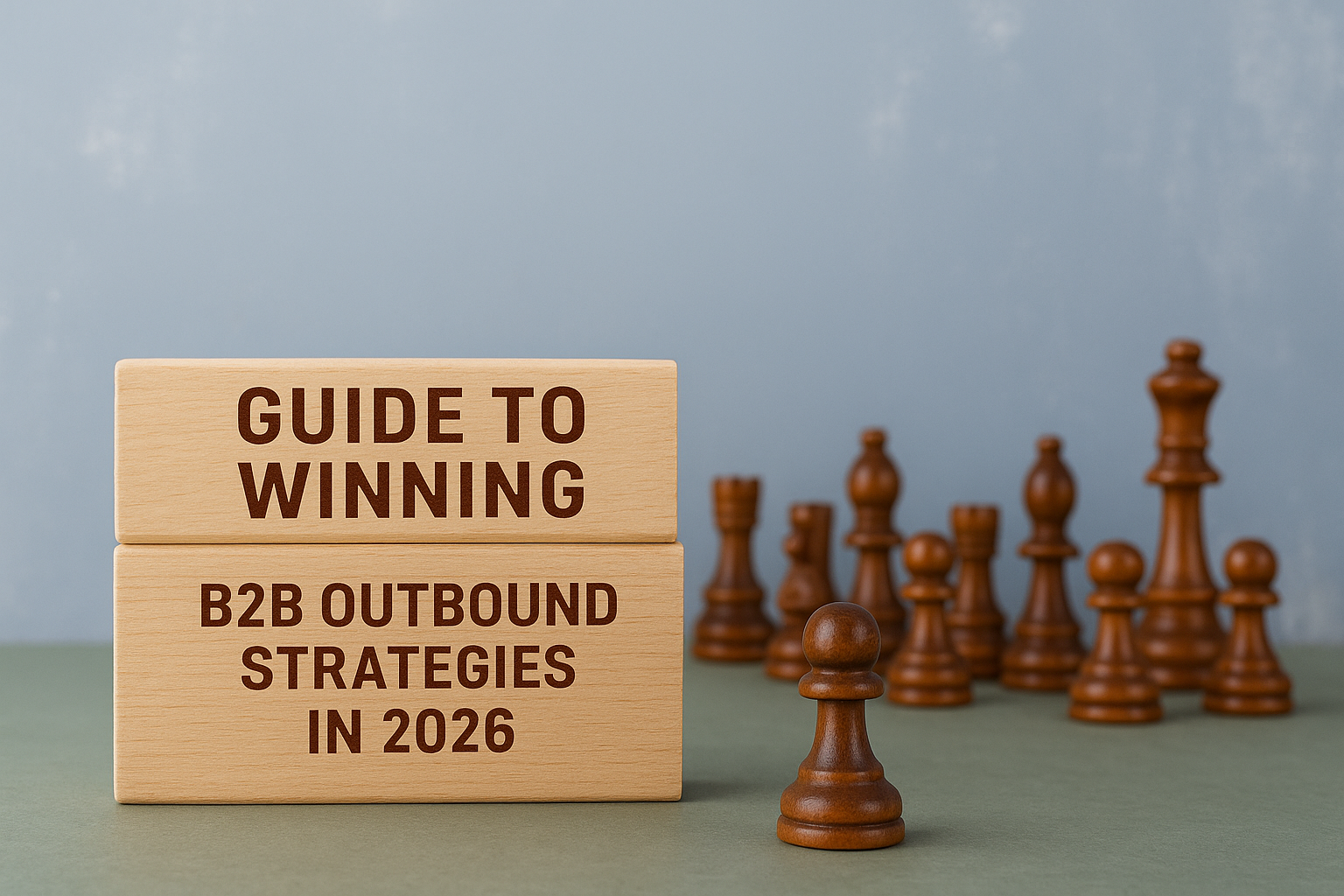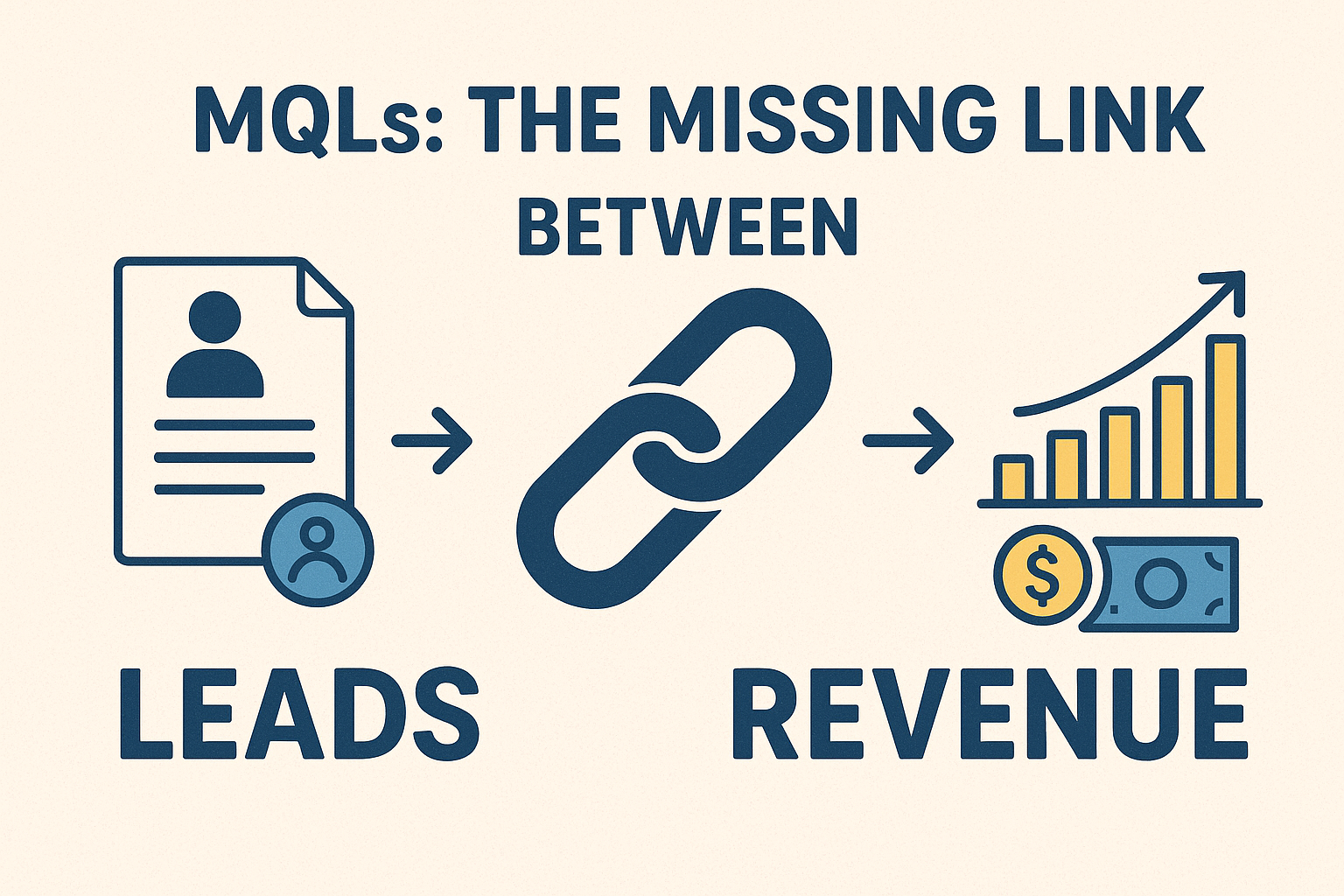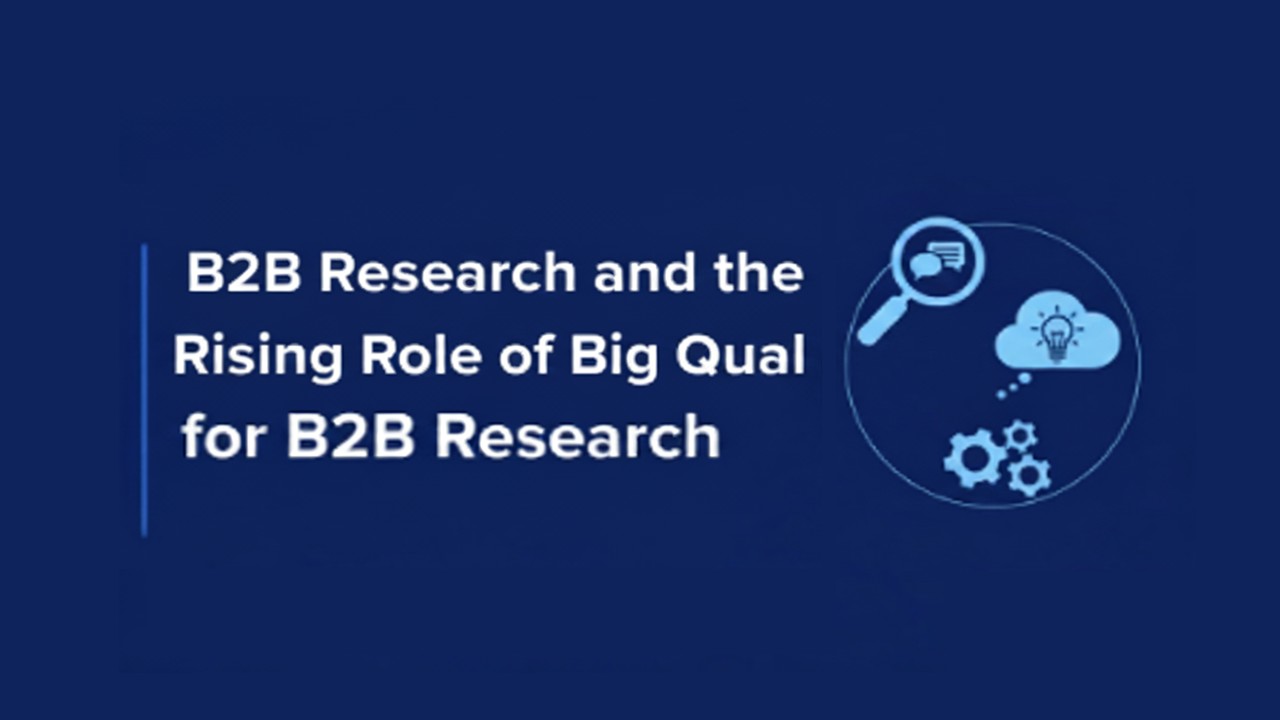Your channel marketing team is doing all the right things, the campaigns are running, leads are trickling in, and partners are active. Yet somehow, the growth curve has flattened. The ROI feels stagnant, and scaling seems harder than before.
This is where most B2B marketers pause and realize the problem isn’t the number of campaigns; it’s precision. That’s where ABM channel growth steps in.
Account-Based Marketing (ABM) isn’t just a buzzword or another marketing framework. It’s a smarter, more focused way to make your owned and partner channels work together. Instead of pushing endless campaigns to everyone, ABM helps you focus on the accounts that matter most, and engage them with meaningful, measurable interactions.
Table of Contents
ToggleWhy Traditional Channel Marketing Isn’t Enough Anymore
Traditional channel marketing thrives on scale, more leads, more clicks, more reach. But more doesn’t always mean better.
In today’s noisy digital world, buyers are flooded with generic ads, repetitive emails, and irrelevant offers. As a result, engagement drops and partner enthusiasm fades. You may still see activity, but not impact.
This is where traditional methods start to fail. The messaging becomes scattered, data sits in silos, and partners lose direction. Even with advanced CRMs and automation, you may not know which accounts are truly ready to convert.
ABM changes this game. It doesn’t replace channel marketing, it refines it. ABM narrows your focus, aligns messaging, and targets high-value accounts with precision. Instead of measuring impressions, you measure influence. Instead of chasing clicks, you build connections that drive real growth.
The ABM Mindset: From Reach to Precision
At its core, ABM channel growth is about shifting your mindset from volume to value. You’re no longer speaking to everyone, you’re speaking to the right ones.
This change influences how you plan, execute, and measure success. Rather than looking at campaign metrics like CTRs or open rates, ABM focuses on engagement depth, account velocity, and pipeline influence.
- You identify the top 20% of accounts that generate 80% of your potential revenue.
- You personalize messaging based on their pain points, goals, and buying stage.
- You align marketing, sales, and partner teams toward shared KPIs.
Once this happens, your marketing becomes intentional. Every interaction counts, and your growth engine starts running on data, not guesswork.
Turning Owned Channels into ABM Powerhouses
Your owned channels, website, email, blog, and social media, are your strongest assets. Yet, most organizations use them as broadcasting tools rather than engagement platforms. With ABM, these channels evolve into personalized communication hubs designed to convert.
1. Use First-Party Data to Drive Personalization
Every visitor interaction tells a story. By combining CRM insights with website analytics, you can uncover what interests your key accounts most. Use this data to personalize landing pages, tailor CTAs, and design email sequences that match each account’s buying intent.
2. Align Content with the Buying Journey
Content under ABM isn’t about quantity, it’s about timing and intent. Every piece should match where the buyer is in their journey.
- Awareness stage: Publish “how-to” guides, thought leadership blogs, and industry insights.
- Consideration stage: Offer solution comparisons, product guides, and educational webinars.
- Decision stage: Deliver proof-of-value, demos, success stories, and expert consultations.
When each content type aligns with the customer’s mindset, your owned channels naturally nurture leads toward conversion.
3. Leverage Email and Social Media for Precision Engagement
Instead of broad email blasts, use micro-campaigns for selected accounts. Segment based on engagement, job titles, or company behavior. Similarly, use LinkedIn retargeting to re-engage decision-makers with personalized messaging.
Your tone should feel consultative, not salesy. That subtle shift builds credibility, and credibility fuels conversions.
4. Automate Without Losing the Human Touch
Automation doesn’t have to feel robotic. When used right, it enhances personalization at scale. AI-based marketing tools can segment audiences, recommend personalized content, and trigger follow-up actions automatically.
The key is to let automation handle the mechanics while your team focuses on storytelling. The result is an intelligent system that feels human, not transactional.
Partner Channels: Where ABM Multiplies Impact
Your partners are more than distributors, they are extensions of your brand. When aligned with your ABM strategy, they can amplify your efforts tenfold.
1. Share Intelligence, Not Just Leads
Collaboration goes beyond forwarding contact lists. Share insights through joint dashboards that highlight overlapping accounts, engagement data, and performance trends. This helps both sides run co-marketing campaigns that hit the right targets with the right messages.
2. Create Joint Value Propositions
Partners are most effective when your value aligns with theirs. Build co-branded content, webinars, and campaigns that showcase how both offerings solve a single pain point. This positions both brands as trusted advisors, not competitors.
3. Enable Partners with Tools and Data
Give partners access to CRM insights, content templates, and campaign frameworks. When they have visibility into account behavior, they can approach prospects more confidently and consistently.
When executed well, ABM turns your partner network into a collaborative growth ecosystem, one where every partner interaction drives measurable impact.
Metrics That Matter in ABM Channel Growth
What you measure defines how you grow. In ABM, metrics go far beyond simple lead counts. The focus shifts to engagement quality, pipeline velocity, and influence.
- Account Engagement Score: Measures how deeply each account interacts with your content, from event attendance to email opens.
- Pipeline Velocity: Tracks how fast accounts move from awareness to close, faster velocity signals better alignment.
- Account Penetration: Monitors how many key stakeholders within a target account are engaged.
- Channel ROI: Evaluates which channel, owned or partner, delivers the highest return, helping you allocate resources more effectively.
By focusing on these metrics, you gain a holistic view of performance, not just numbers.
ABM Channel Growth Playbook: 4 Steps to Scale
Scaling ABM across channels requires structure and coordination.
A proven framework that keeps your strategy both agile and focused:
Step 1: Define Target Accounts Together
The foundation of ABM channel growth lies in alignment. Bring sales, marketing, and partners together to identify high-value accounts and agree on shared KPIs.
Start by scoring accounts based on revenue potential, industry fit, and engagement level. This collaborative process ensures everyone works toward the same goals, reducing friction and improving campaign efficiency.
Step 2: Map the Buyer Journey
ABM succeeds when your message meets the buyer at the right time. In the awareness phase, use targeted content across LinkedIn and search ads to capture attention. During the consideration phase, nurture interest through email campaigns and webinars that educate and engage. Finally, as prospects near the decision phase, involve your sales and partner teams with personalized demos and ROI tools.
By aligning channels with each stage of the journey, you guide the buyer naturally toward conversion.
Step 3: Run Multi-Touch Campaigns
ABM is most effective when your audience experiences consistent, relevant messages across touchpoints. Combine organic, paid, and partner efforts so each channel reinforces the other.
For instance, a LinkedIn ad can lead to a gated whitepaper, which triggers an email sequence and a follow-up call. This connected experience builds familiarity and trust over time.
Step 4: Measure, Optimize, and Scale
Data is the backbone of sustainable ABM channel growth. Continuously monitor engagement, content performance, and channel ROI. Use insights to refine messaging, double down on what works, and sunset underperforming tactics.
ABM isn’t a one-off campaign — it’s a cycle of refine → personalize → grow.
The Future of ABM-Driven Channel Growth
The next evolution of ABM will be powered by AI and predictive analytics. Soon, platforms will identify high-potential accounts even before engagement begins, using intent signals and behavioral data.
Partner ecosystems will also evolve into data-driven alliances. Instead of static spreadsheets, shared dashboards will allow organizations to track joint impact in real time. The result? Seamless coordination between owned and partner networks, and a marketing engine that learns, adapts, and scales continuously.
Conclusion
Growth doesn’t come from doing more; it comes from doing smarter. ABM channel growth is about optimizing what you already have, your data, content, and partnerships, and aligning them with precision.
When your teams focus on the right accounts, when your channels work together, and when your message stays consistent across touchpoints, you turn your marketing from reactive to predictive.
ABM doesn’t just improve performance, it transforms how you grow.
It turns your marketing channels from passive assets into active growth engines that drive real business outcomes.
I hope you find the above content helpful. For more such informative content, please visit PangeaGlobalServices.
FAQs:
1. What is ABM channel growth?
ABM channel growth is the process of applying account-based marketing strategies to your owned and partner channels to focus on high-value accounts and drive measurable growth.
2. How is ABM different from traditional channel marketing?
Traditional marketing focuses on reach and impressions, while ABM focuses on precision targeting, personalization, and alignment between sales and marketing for better ROI.
3. Which channels work best forABM?
Channels like LinkedIn, email, webinars, and partner ecosystems perform best because they allow direct engagement and personalization.
4. How can I measure ABM channel success?
Track metrics such as account engagement rate, deal velocity, pipeline contribution, and ROI per channel.
5. Can small businesses use ABM for channel growth?
Yes. Even small teams can implement ABM by focusing on fewer, high-value accounts and leveraging cost-effective channels like LinkedIn and email automation.






